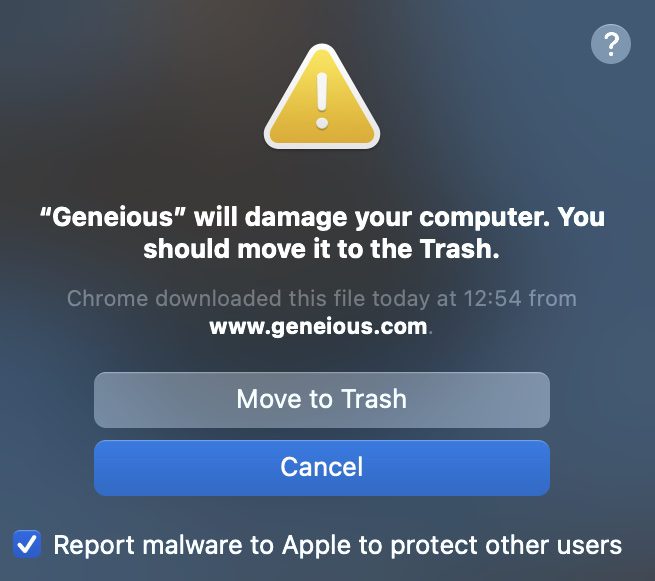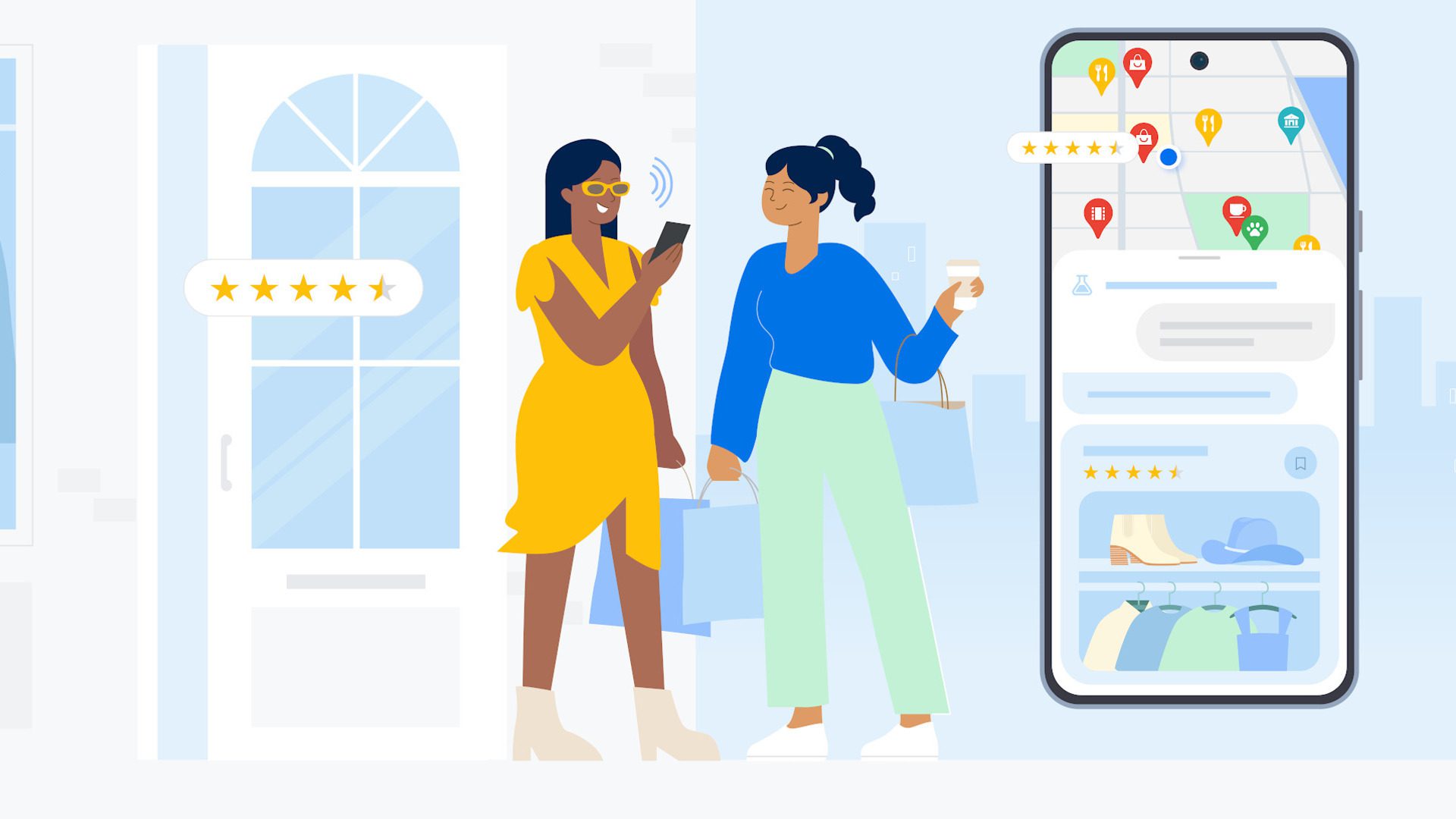Does a Mac come with antivirus? Apple’s built-in antivirus for Mac
Windows PCs come with built-in antivirus software to protect them from the myriad of attacks they have to fight off, but what about your Mac? For years, it was thought that Macs weren’t infected with viruses and therefore didn’t need antivirus software. But this is not necessarily the case. As the Mac grows in popularity, […]

Windows PCs come with built-in antivirus software to protect them from the myriad of attacks they have to fight off, but what about your Mac? For years, it was thought that Macs weren’t infected with viruses and therefore didn’t need antivirus software. But this is not necessarily the case. As the Mac grows in popularity, it has attracted the attention of hackers who hope to take advantage of the more lax attitude toward security that has often been the hallmark of Mac users.
With this increase in malware threats, it makes us wonder, are Macs really more secure than Windows PCs? For now, this remains the case, because the threats identified are much more numerous on Microsoft’s operating system, but this does not mean that Macs are insensitive to attacks.
Apple is monitoring this trend, however, and provides its own antivirus and anti-malware protections in macOS that automatically repel any aggressive or malicious programs. Here’s a quick guide to how macOS keeps you safe, plus some additional ways to make your Mac more secure.
Does Mac have built-in antivirus?
Although it may not be obvious, Macs all come with a few key protections against malware and viruses: XProtect and Gatekeeper.
XProtect
XProtect scans all applications on your computer against an up-to-date malware list that Apple maintains to identify any potentially malicious programs. Everything happens seamlessly in the background and requires no configuration as it is enabled by default. One of the main advantages of this, besides the fact that it is free, is that since it is part of the operating system, its impact on performance is negligible.
Your only real interaction with XProtect would be when you try to open a file that appears in its warning list, as this will usually trigger a warning message telling you it might be malware. If you see this message, delete the file immediately because there is a high chance that it is dangerous.
XProtect is updated regularly by Apple (all in the background) and provides solid protection against malware threats. That being said, some third-party antivirus software offers broader protection against malware and is updated more frequently than XProtect. So if you regularly download software from outside the App Store, you might want to take a look at our roundup of the best antivirus apps for Mac.
Porter
The second level of protection is one you may have encountered while using your Mac. Gatekeeper, as the name suggests, prevents the installation of any unauthorized software on your computer. This is achieved through the digital signing of Apple-approved software, so any attempt to install without a signature will be refused. It’s like your Mac has a software nightclub bouncer. “You are not on the list, you do not enter.”
Gatekeeper does have some granular settings, though, meaning you can lock down your Mac by only allowing software from the Mac App Store to install or including third-party programs with the appropriate digital signature. You may sometimes want the latter option, as some software developers offer more features in their software when downloaded directly from their sites.
These settings can be adjusted in macOS by doing the following:
- Open system settings.
- Go to Privacy & Security.
- Scroll down to the Security section.
- Choose either App Store or App Store and Identified Developers.

Martyn Casserly
You can read a more detailed explanation of these features and some additional security features in our Do Macs Need Antivirus Software? functionality.
Does Apple have virus scanning?
Essentially, yes, Apple has virus scanning, but it runs in the background, you can’t manually configure it to scan your Mac for viruses.
XProtect will detect all Mac viruses included in the database used by Apple, but it might miss the newest malware and would not prevent you from transmitting Windows viruses to PC users.
Should I use third-party antivirus software on Mac?
Although XProtect and Gatekeeper are an effective way to prevent malware and viruses from entering your Mac, there are more features available in some third-party solutions that could prove invaluable if you like to download and install a lot of software at from a computer. variety of developers. These include a more comprehensive list of potential threats, real-time monitoring, firewalls, more frequent updates, anti-ransomware protection and other benefits. Another reason to install antivirus software on your Mac is to detect PC viruses that you might unwittingly pass on to your friends and universities.
For most people this will probably be overkill, but security is never something to take lightly. One of the best comprehensive solutions we’ve seen on macOS is Intego Mac X9 Internet Security. For more solutions, check out our roundup of the best Mac antivirus deals. We also recommend taking a look at the best VPN for Mac to make sure your data is protected when using public Wi-Fi.
There are also steps you can take to mitigate infection risks, such as those described in 10 Ways to Protect Your Mac from Malware and Theft and how to Scan Your Mac for Malware. If you’re worried that you’re already the victim of an attack, you can either use macOS’s Lockdown feature or check out our guide on how to tell if your Mac has been hacked to find out what you can do.
As always, we recommend backing up your Mac to avoid data loss in a worst-case scenario, using Time Machine or one of the offers featured in our table of the best Mac backup software.














